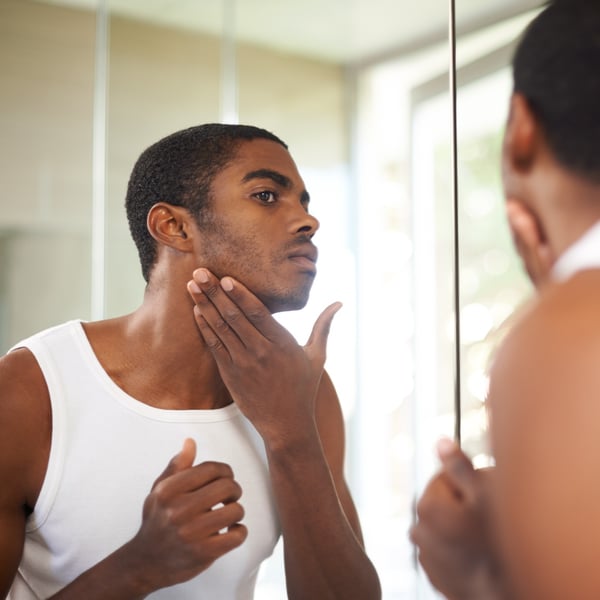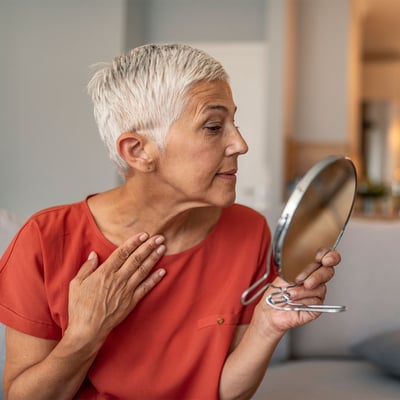
October is National Eczema Awareness Month. If you are reading this article chances are you, or someone you know, is affected by it.
What is Eczema?
According to Dr. Michelle Cihla, board-certified dermatologist with Forefront Dermatology, “Eczema is a skin condition that causes the skin to become red, itchy, and inflamed. It commonly appears as dry or scaly patches and can develop anywhere on your body. It isn’t contagious, but develops because of a combination of environmental triggers and genetics.” Eczema is a very common condition with over 30 million Americans having some type.
Who Does Eczema Affect?
Eczema is a very common condition with over 30 million Americans having some type. While Eczema can affect anyone, any age, gender, and race, research suggests that certain ethnic groups may be at greater risk for eczema. The National Health and Nutrition Examination Survey found that 19.3 percent of African-American children have a higher likelihood of eczema compared to Caucasian and Asian children.
The 8 Types of Eczema
- Atopic dermatitis – caused by a malfunction in the immune system and problems with the skin barrier.
- Contact dermatitis – a result of skin touching a known irritant and/or allergen.
- Dyshidrotic eczema – occurs on the feet and hands as itchy blisters, usually caused by exposure to allergens.
- Hand eczema – caused by a combination of genes, irritants, and/or allergens.
- Lichen simplex chronicus – results in thick, scaly patches on the skin, often caused by too much scratching and rubbing.
- Nummular eczema/discoid eczema/nummular dermatitis – usually caused by allergens or very dry skin and appear as round lesions that can weep fluid, especially in older populations.
- Seborrheic dermatitis – white or yellow flaky, greasy patches in places with more oil-producing glands, caused by a combination of genetics, hormones, and microorganisms on the skin. In infants, this is commonly referred to as “cradle cap”.
- Stasis dermatitis – happens when poor circulation to the legs causes the veins to swell and leak fluid, causing swelling and skin redness and itch.
What does Eczema look like in skin of color?
In lighter skin tones, eczema tends to develop as a red, dry, and itchy rash. That is not the case for eczema in skin of color. Eczema in skin of color tends to look darker brown, purple or grey in color. Additionally, the skin may be swollen, warm, and scaling. Eczema in skin of color can also develop as small bumps along the torso, arms, and legs that resemble goosebumps.
How is Eczema treated in skin of color?
The treatment of eczema is similar in people of all races and ethnicities. While living with eczema can be an ongoing challenge, the condition is manageable. Depending on the age and severity, treatment options may include prescription topical medications, phototherapy, and biologics. According to Dr. Cihla, “If you are affected by eczema it is best to know your triggers to avoid exposure. Be consistent with your treatment plans and develop a daily moisturizing regimen to help soothe dry skin.”
Following successful treatment of eczema, individuals with skin of color commonly experience healed skin that may look darker or lighter than the surrounding normal skin. Fortunately, once the eczema is controlled, the skin color typically returns to normal, but this can take several months.
If you suffer from eczema or believe you may have eczema, it is best to schedule an appointment with your local board-certified dermatologist to get a proper diagnosis and treatment plan.





